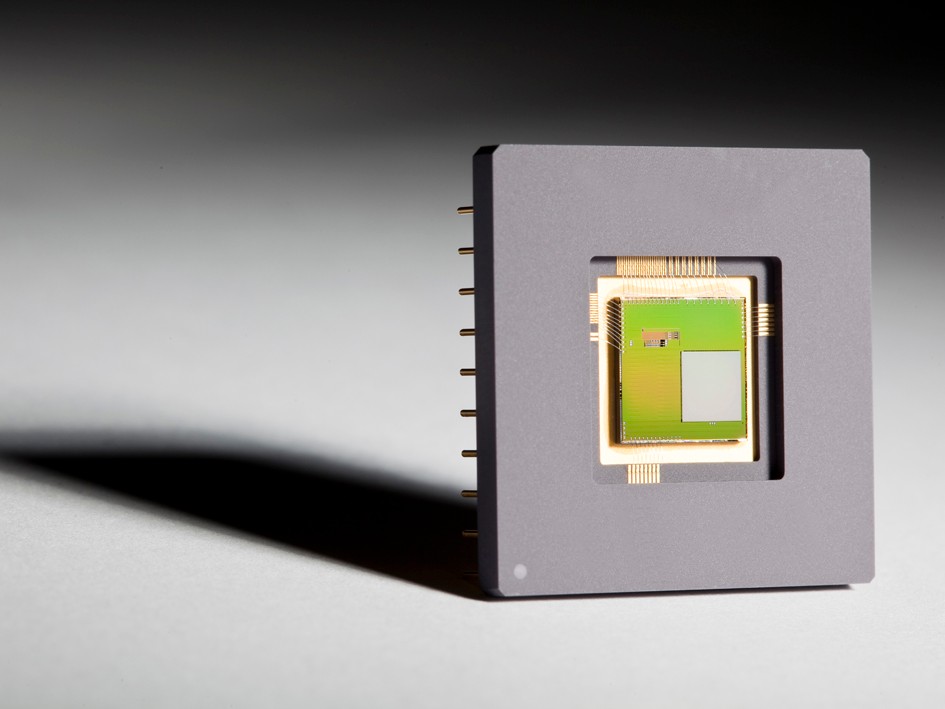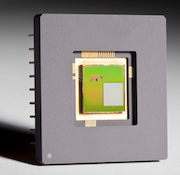日本語で読みたい方は、google chromeで開き、
画面上で右クリックをして、「日本語に翻訳」をクリックしてください
The Fraunhofer Institute for Photonic Microsystems IPMS and the Max Planck Institute of Quantum Optics (MPQ) have achieved groundbreaking results in generating arbitrary light distributions. These findings are also relevant to atomic quantum computing. Spatial light modulators can be used to hold a large number of atoms in desired positions at the same time via laser beam. Localized in this way, they become switchable information carriers for quantum computers or for other applications in quantum metrology and quantum simulation, marking a major stride toward scalable quantum systems.

Quantum computers are considered the technology of the future when it comes to powerful computing systems. There are currently various technological methods of realizing systems like these, including superconducting circuits, photonic circuits and individual atomic qubits, such as neutral atoms and trapped ions. Neutral atoms in optical tweezers are a relatively new line of research, but one that is advancing rapidly compared to other technologies. In the Scalable Optical Modulators for Atomic Quantum Computers (SMAQ) project, which was realized as part of the Research Fab Microelectronics Germany (FMD) QNC Space, Fraunhofer IPMS and the Max Planck Institute of Quantum Optics have now achieved significant successes for the development of neutral atom or trapped-atom quantum computers.
この情報へのアクセスはメンバーに限定されています。ログインしてください。メンバー登録は下記リンクをクリックしてください。

